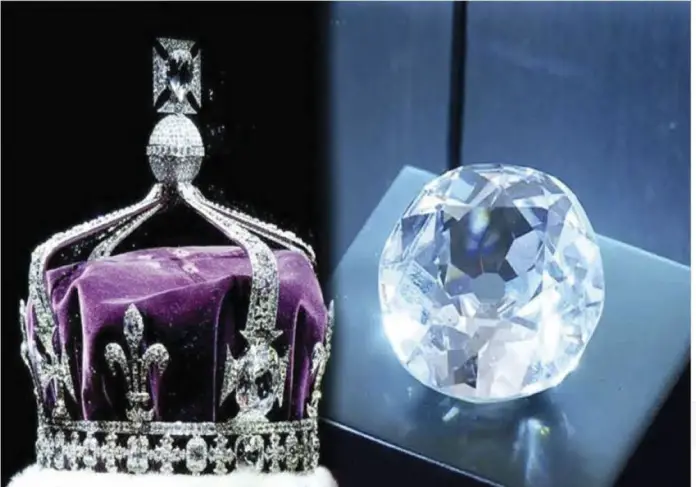Just two months before his natural demise, Barrister Javed Iqbal Jafree optimistically moved another plea to the court, seeking directives for the federal government to bring Koh-i-Noor diamond back to Pakistan from the ‘unlawful’ and ‘illegal’ possession of the British government.
In his last plea, Barrister Javed Iqbal Jafree had asked the court to fix his case for hearing and make a decision. He had wanted Koh-i-Noor diamond back from the United Kingdom to Pakistan.
Jafree had stood up, faced many hurdles and fought, but never deterred from his stance he had made before the court.
Originally, he had instituted the petition in 2015 which initially met an objection by the Lahore High Court’s (LHC) registrar office, but later it was overruled and the case was admitted by LHC for regular hearing.
Barrister Jafree continued his struggle for the ‘matchless’ diamond until his last breath on August 31. He died but he never gave up. The case had been pending before the Lahore High Court for the last many years – a living example of justice delayed is justice denied.
Koh-i-Noor, according to Barrister Jafree, was once the largest cut diamond in the world; a 105 carat stone that was presented to the Queen during the British Raj.
The reason as to why the case was not decided by the Lahore High Court during all these years is not yet clear but it has raised a serious question over dispensation of justice.
There are currently 2,159,655 cases pending in Pakistani courts which are being heard or will be heard by the 3,067 judges in the country.
Out of these, in several cases, the parties to a case have passed away and their descendants are now seeking remedy from the courts.
In district and high courts across the country, 1,048 posts of judges lie vacant waiting to be filled.
The Supreme Court of Pakistan has to hear 51,138 pending cases with a total strength of 17 judges, of which two posts are vacant. The Federal Shariat Court, on the other hand, has 178 pending cases only.
Barrister Jafree, who studied law at the Havard University and taught it at western universities, had returned to Pakistan with a pure heart, and has left a legacy for many of his fellow lawyers that they should never give up their lawful struggles.
The arguments of the legendary lawyer were that the ‘matchless’ Koh-i-Noor diamond originally hailed from Punjab, Pakistan, and therefore, it was a rightful claim of the Pakistani government to demand its return from the UK government.
The barrister had argued that it was a heritage of Punjab and that the British rulers, during occupation of the sub-continent, had seized Koh-i-Noor diamond from Daleep Singh – grandson of Maharaja Ranjeet Singh – and took it to the United Kingdom.
Interestingly, on April 26, 2016, the Punjab government, one of the respondents of Barrister Jafree, came up with a reply to the Lahore High Court that the Kohinoor diamond was handed over to the British East India Company by Maharaja Ranjit Singh under a deal. At that time, Justice Khalid Mahmood Khan was the judge. The government had said that the diamond was handed over under a treaty and the government could not demand for it to be returned.
At this, the judge had asked the counsel to provide a copy of the 1849 Treaty of Lahore to petitioner Javed Iqbal Jafree. But the remarkable counter argument of Barrister Jafree was worth that great diamond he had been fighting for. He had said, “Such a deal could only be concluded between two governments. In this case, the company was not a sovereign power and the treaty had no standing.”
He had contended that the diamond had been taken from the Punjab under duress and ought to be returned.
The barrister had said that the Queen had worn a crown inlaid with the diamond at the coronation of her husband King George VI in 1937, and Queen Elizabeth II had worn the same tiara at her coronation in 1953, despite that she had no right to possess the diamond.







